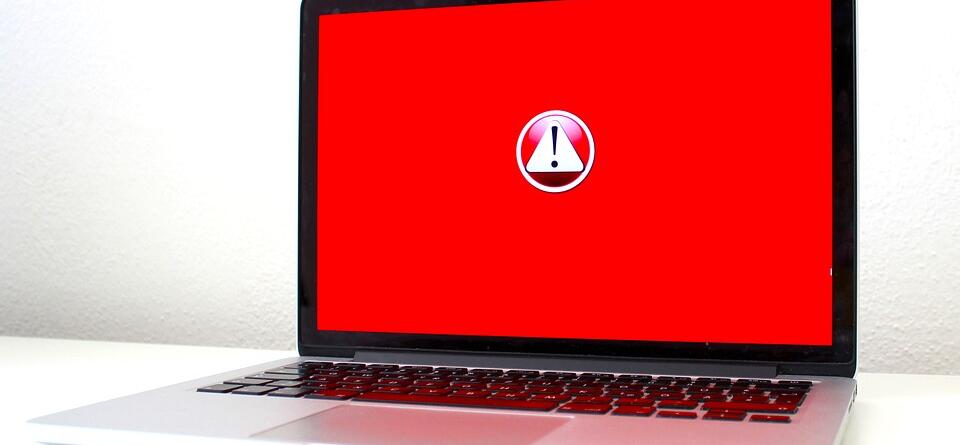Unveiling the New Age of Malware: Threats to Watch
AKiATECH2024-07-18T13:10:58-04:00Unveiling the New Age of Malware: Threats to Watch
In an era where digital innovation propels forward at an astonishing speed, the dark underbelly of the internet evolves just as swiftly. We stand on the brink of a new age of malware, one that is characterized by both sophistication and insidiousness. This evolution poses unprecedented threats to individuals, corporations, and governments alike. In the following comprehensive exploration, we will delve deep into the current landscape of malware threats, revealing the mechanisms they employ, their potential impact, and the strategies required for defense.
The Evolution of Malware Threats
Gone are the days when malware was merely about causing digital mischief. Today, we confront a spectrum of threats designed with the precision of seasoned tacticians. Ransomware, for example, has evolved radically over the past year. The recent WannaCry and Petya outbreaks demonstrate a shift towards using state-level attack tools, indicating that even average cybercriminals now wield weapons of national-grade power. Additionally, cryptojacking has surged in popularity, leveraging the computing power of unsuspecting victims to mine cryptocurrency, thereby generating profit while crippling performance and increasing electricity costs for the infected hosts.
Emerging Threats to Watch
Among the new cadre of malware, several categories stand out due to their rapid development and potential for mass disruption. Deepfake technology, initially celebrated for its innovative applications in the entertainment industry, has now been weaponized. Cybercriminals use it to create convincing audio and video fakes, facilitating everything from corporate espionage to influencing political landscapes. Furthermore, IoT botnets have expanded in scope and capability, turning everyday devices into armies of network-compromising zombies. Lastly, the proliferation of AI-driven malware presents a formidable challenge. These programs can learn and adapt to countermeasures, making traditional defense mechanisms increasingly obsolete.
The Implications of Advanced Malware
The implications of these emerging threats are profound. For individuals, the risks range from identity theft and financial loss to a complete invasion of privacy. Businesses face operational disruptions, significant financial penalties, and irreparable damage to their reputation. On a larger scale, the potential for public infrastructure to be compromised could lead to catastrophic outcomes, touching every facet of society. As such, understanding these threats is the first step towards mitigating their impact.
Defending Against the Next Generation of Malware
In facing these disconcerting advancements, a multi-faceted approach to cybersecurity is paramount. First and foremost, awareness and education are critical. Individuals and organizations must stay informed about the latest threats and adopt a proactive posture towards digital hygiene. On a technical level, deploying advanced threat detection systems that utilize machine learning can help identify and neutralize threats before they have the opportunity to cause harm. Furthermore, practices such as regular software updates, using complex passwords, and implementing two-factor authentication can significantly reduce vulnerabilities.
A Call to Action
As we stand at the crossroads of this new age of malware, action is required from all stakeholders in the digital space. Governments must collaborate on a global scale to combat cybercrime, enacting laws that deter malicious activities and promote international cooperation. The tech industry, for its part, has a responsibility to design products with security as a foundational principle, not an afterthought. Lastly, individuals must embrace a mindset of vigilance and responsibility concerning their digital footprint.
Conclusion
The war against malware is unending and ever-evolving. Each breakthrough in security technology is met with new methodologies devised by those who seek to exploit the digital world for nefarious purposes. By understanding the current landscape, acknowledging the threats, and taking collective action towards prevention and defense, we can mitigate the risks and safeguard our digital future. The age of advanced malware is upon us, but so too is the age of advanced cybersecurity. The outcome of this battle will depend on our willingness to adapt, innovate, and unite in the face of these emerging threats.
Discover more from Akiatech Solutions Blog
Subscribe to get the latest posts sent to your email.
